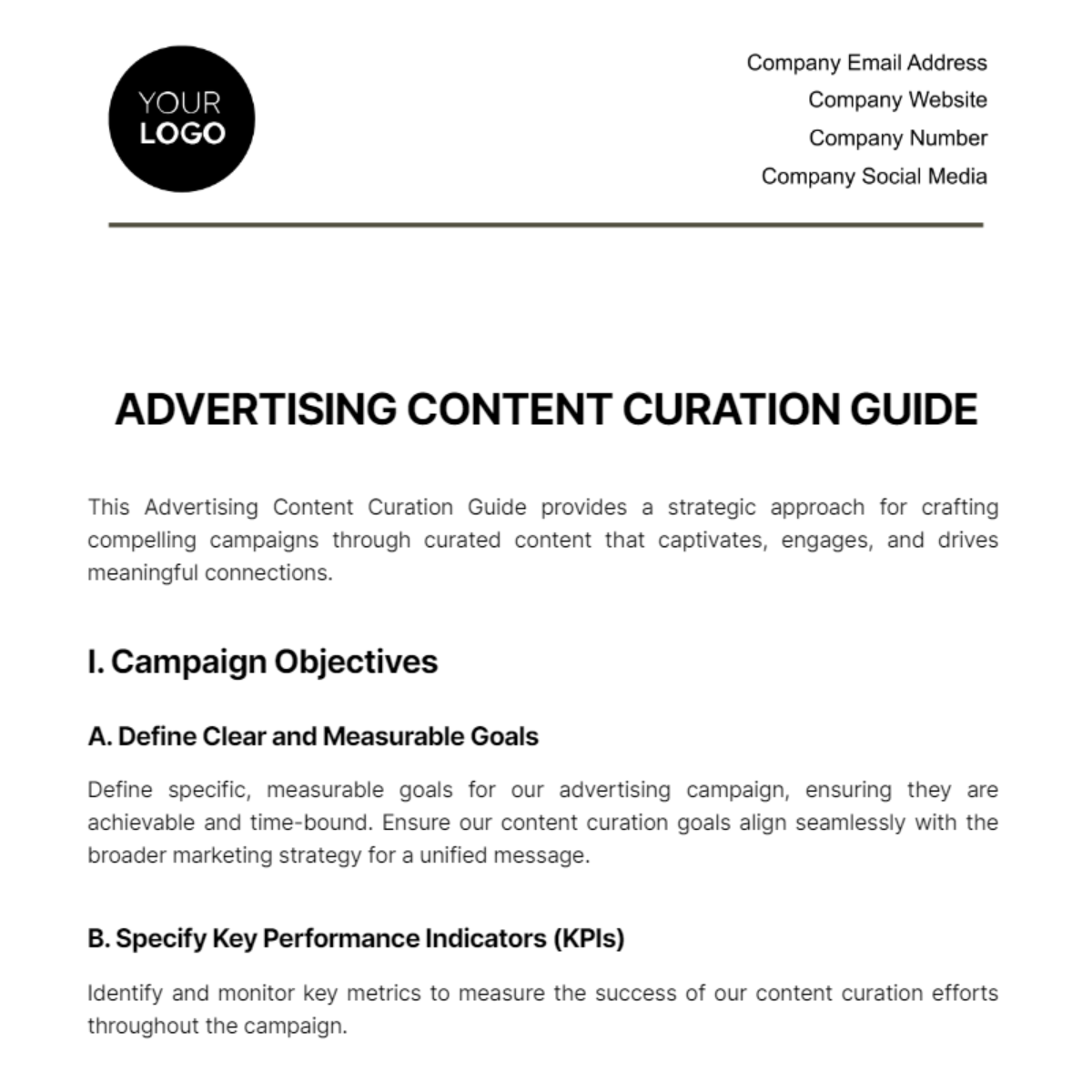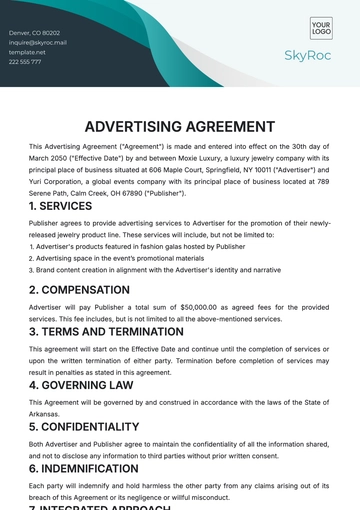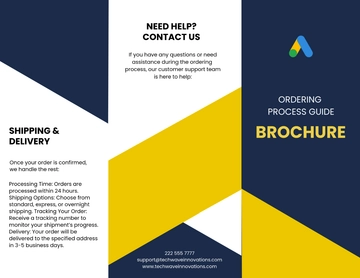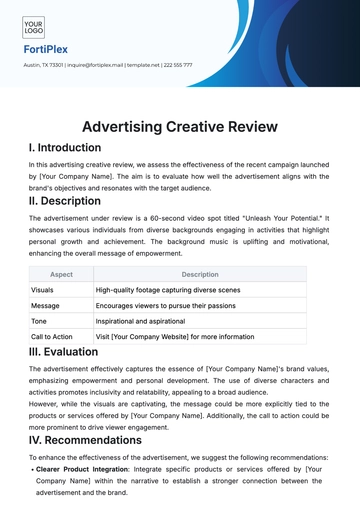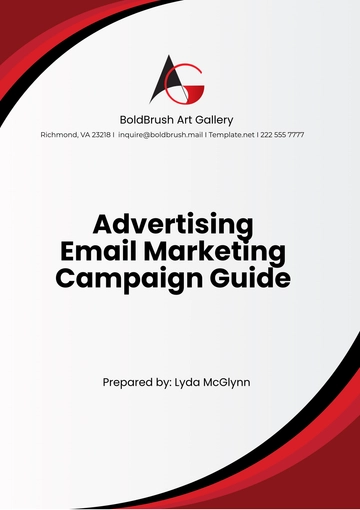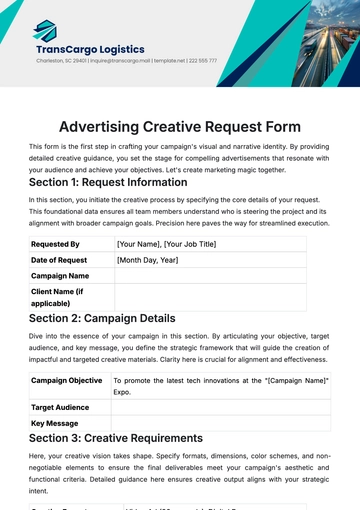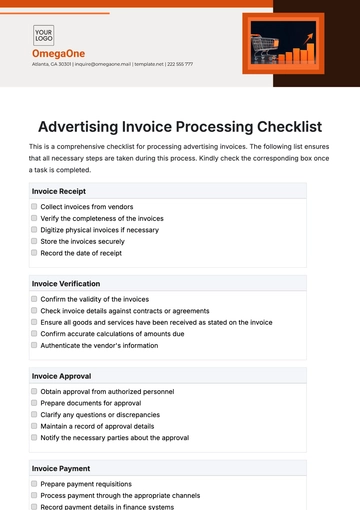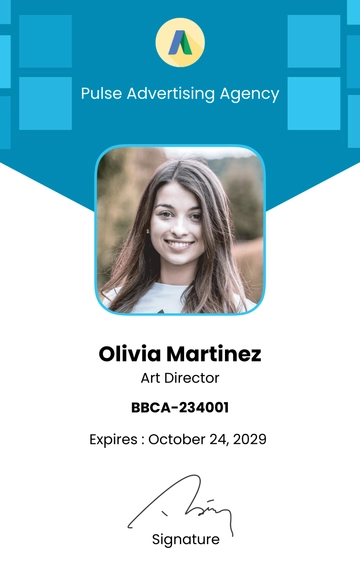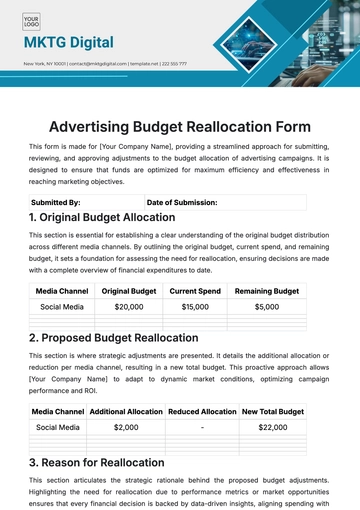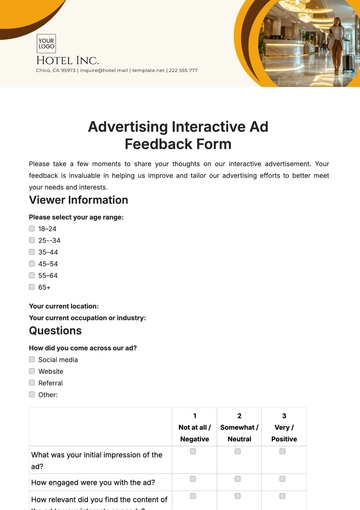ADVERTISING CONTENT CURATION GUIDE
This Advertising Content Curation Guide provides a strategic approach for crafting compelling campaigns through curated content that captivates, engages, and drives meaningful connections.
I. Campaign Objectives
A. Define Clear and Measurable Goals
Define specific, measurable goals for our advertising campaign, ensuring they are achievable and time-bound. Ensure our content curation goals align seamlessly with the broader marketing strategy for a unified message.
B. Specify Key Performance Indicators (KPIs)
Identify and monitor key metrics to measure the success of our content curation efforts throughout the campaign.
II. Target Audience Analysis
A. Demographics, Psychographics, and Behaviors
Dive into audience details to understand demographics, behaviors, and psychographics for more effective content curation.
B. Tailoring Content for Specific Segments
Tailor curated content by understanding the audience's preferences and interests for a more engaging experience.
III. Content Selection Criteria
A. Relevance to Campaign Objectives
Curate content that directly aligns with our campaign objectives to ensure its meaningful contribution.
B. Quality and Credibility
Select high-quality content from reputable sources to maintain our brand's credibility.
C. Alignment with Brand Values and Messaging
Ensure curated content seamlessly integrates with our brand values and messaging for authenticity.
D. Diversity of Content Types
Use various content types like articles, videos, and infographics to capture audience attention through different mediums.
IV. Legal and Ethical Considerations
A. Copyright Compliance
Respect copyright laws and obtain proper permissions to avoid legal issues related to content curation.
B. Permissions and Licensing
Understand the legal aspects, including permissions and licensing, to ensure ethical content curation practices.
C. Avoiding Plagiarism and Misrepresentation
Maintain ethical standards by avoiding plagiarism and accurately representing the curated content.
V. Branding Guidelines
A. Consistent Brand Voice
Maintain a consistent brand voice across curated content for a unified and recognizable brand identity.
B. Visual Identity and Aesthetics
Emphasize visual cohesion to maintain a strong and recognizable brand identity.
VI. Content Curation Process
A. Source Identification and Discovery
Explore effective methods for discovering relevant content sources aligned with our brand.
B. Content Evaluation and Selection
Thoroughly evaluate and select content based on defined criteria for quality and relevance.
C. Organization and Categorization
Organize curated content logically for a user-friendly experience.
VII. Engagement Strategies
A. Calls-to-Action (CTAs)
Strategically incorporate calls to action to guide audience engagement and desired actions.
B. Contests, Polls, and User Interaction
Actively engage the audience through contests, polls, and interactive elements for enhanced participation.
C. Monitoring Audience Feedback
Regularly monitor audience feedback to adapt and improve content curation strategies based on real-time insights.
VIII. Posting Schedule and Frequency
A. Consistent Posting Schedule
Build trust and anticipation by establishing a consistent posting schedule aligned with audience behavior.
B. Frequency and Timing Optimization
Determine optimal posting frequency and timing to ensure curated content reaches the audience at opportune moments.
IX. Metrics and Analytics
A. Defining Key Metrics
Identify key metrics and KPIs to measure the success of content curation efforts.
B. Tools for Monitoring
Utilize analytics tools for tracking and analyzing the performance of curated content.
C. Continuous Improvement
Base content curation improvements on data-driven insights for ongoing optimization.
X. Adaptability and Flexibility
A. Staying Updated on Trends
Emphasize the importance of staying informed about industry trends and emerging technologies.
B.Adapting to Audience Behavior
Adapt content curation strategies based on evolving audience behavior for continued relevance and engagement.
XI. Collaboration and Team Roles
A. Roles and Responsibilities
Clarify team members' roles and responsibilities to ensure smooth collaboration and effective communication.
B. Communication Platforms
Use designated communication platforms for team updates and collaboration to maintain a cohesive workflow.
C. Regular Team Meetings
Schedule regular team meetings to discuss progress, challenges, and updates related to content curation efforts.
D. Encouragement for Improvement
Encourage the team to strive for continuous improvement and innovation in content curation strategies.
E. Acknowledgment of Team Efforts
Recognize and appreciate the collective efforts of the team in crafting effective and engaging curated content.
Advertising Templates @ Template.net
